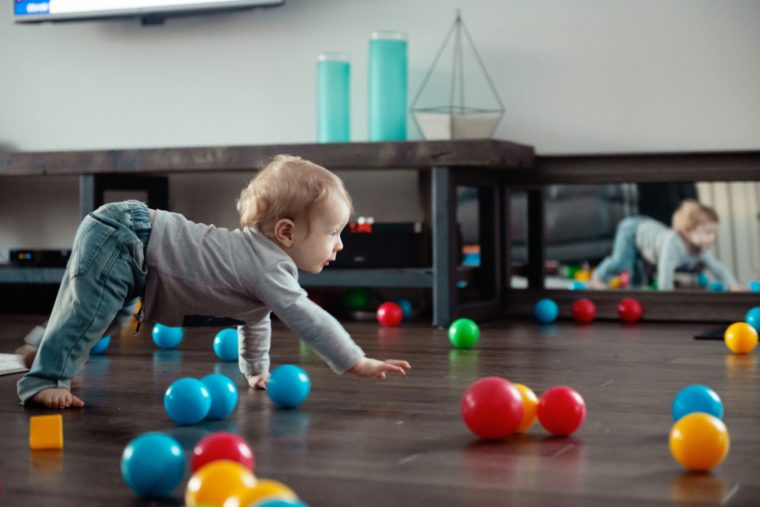
How to support your 11-month-old baby’s development
Your baby has reached an important transitional stage filled with cognitive, physical, and emotional changes. Here’s what to look out for in your…
Discover the key milestones of physical, cognitive, linguistic and socio-affective child development and understand the science behind child development.
Discover the key milestones of physical, cognitive, linguistic and socio-affective child development and understand the science behind child development.

Your baby has reached an important transitional stage filled with cognitive, physical, and emotional changes. Here’s what to look out for in your…

Key points:1. Speech development strategies:0 to 12 months: Narrate daily activities, make interactions fun, give praise.8 to 14 months: Choose a topic, have…

Here are what I’m calling my quarantine-4: my top speechy activities for passing the days with your little friend in tow at home!…
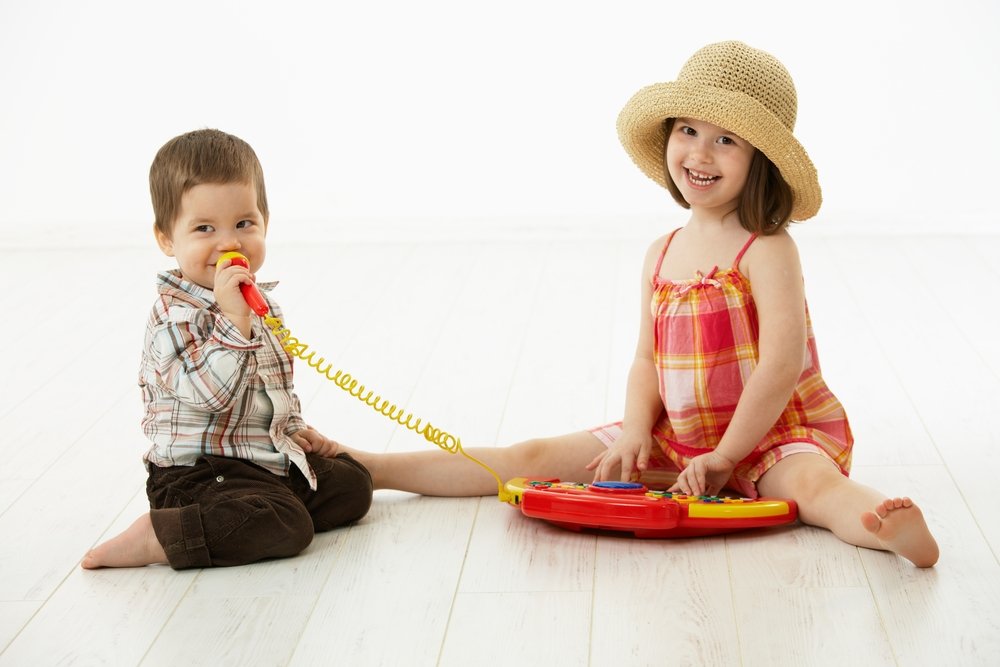
Key points: Socioemotional benefits: Singing is a shared activity that builds social skills, regulates emotions, and models self-care. Physical, cognitive, and linguistic benefits:…
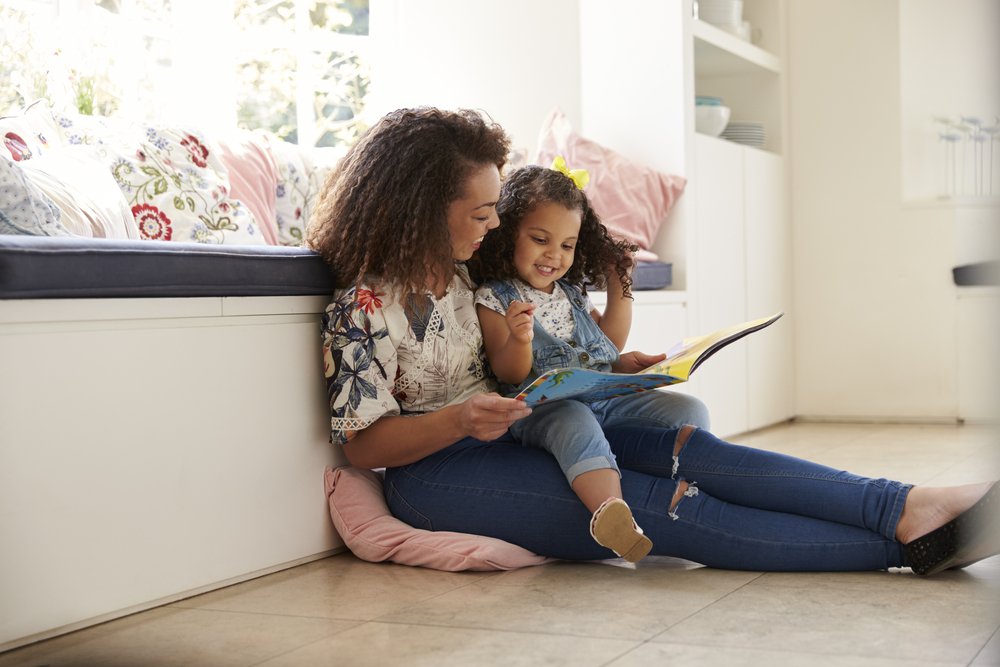
Key points:Book recommendations for Valentine’s Day: Todd Parr’s “”The I Love You Book.”” Anna Dewdney’s “”Llama Llama I Love You.”” Laura Numeroff’s “”Happy…
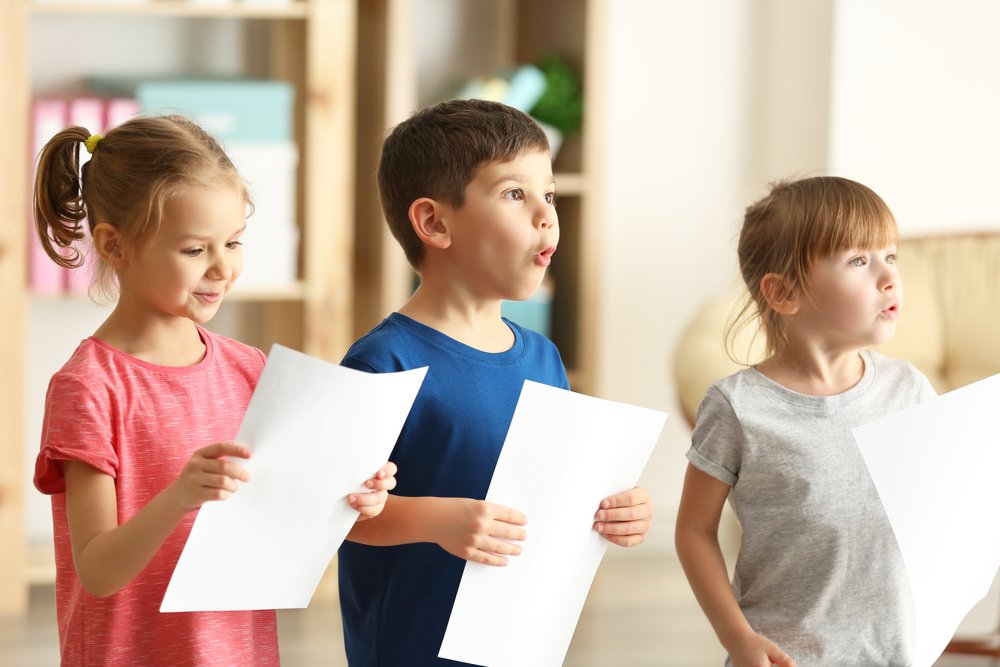
Key points: Babies learn language from listening to people around them, and as they get older, they start to comprehend and express themselves…
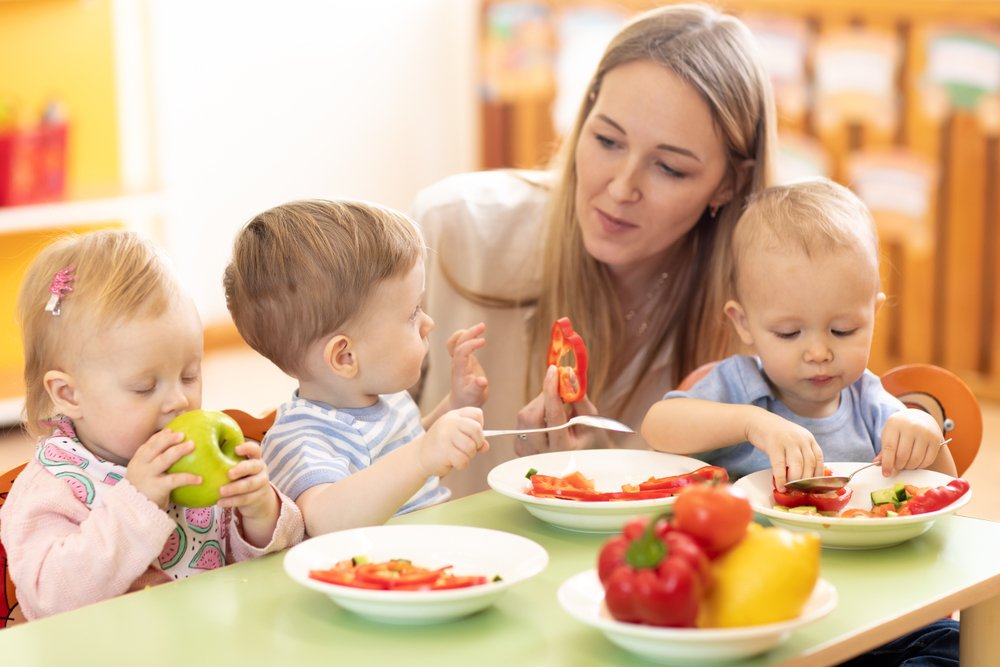
Introducing solids to a baby is very exciting. And since we use the same parts of our mouth for eating and for talking,…
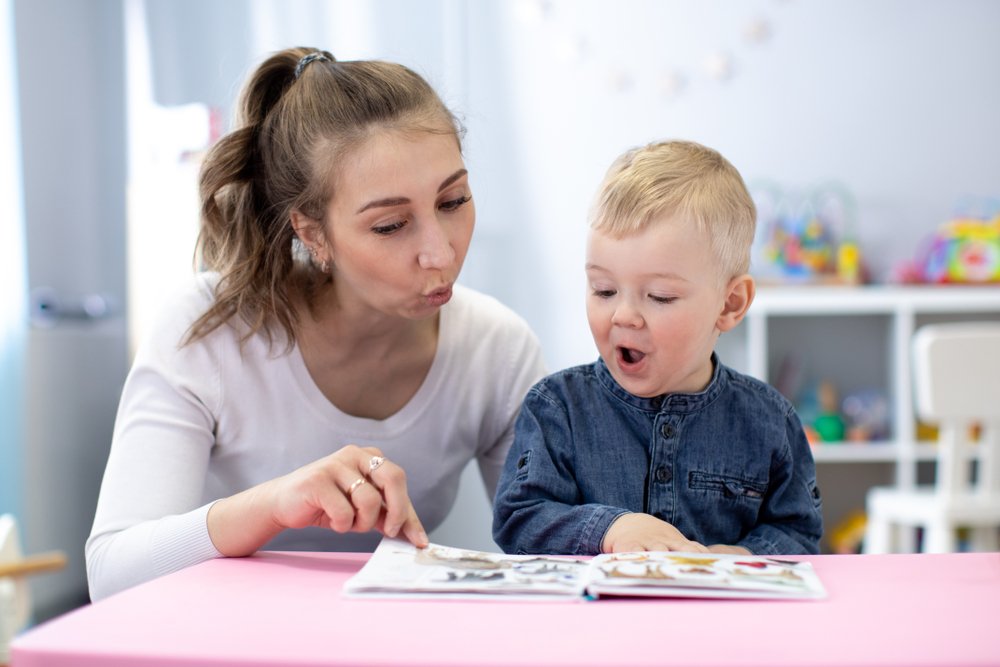
Key points:1. Consonant pronunciation development is crucial for speech and academic success.2. Alveolar consonants (t, d, n) are among the first sounds children…
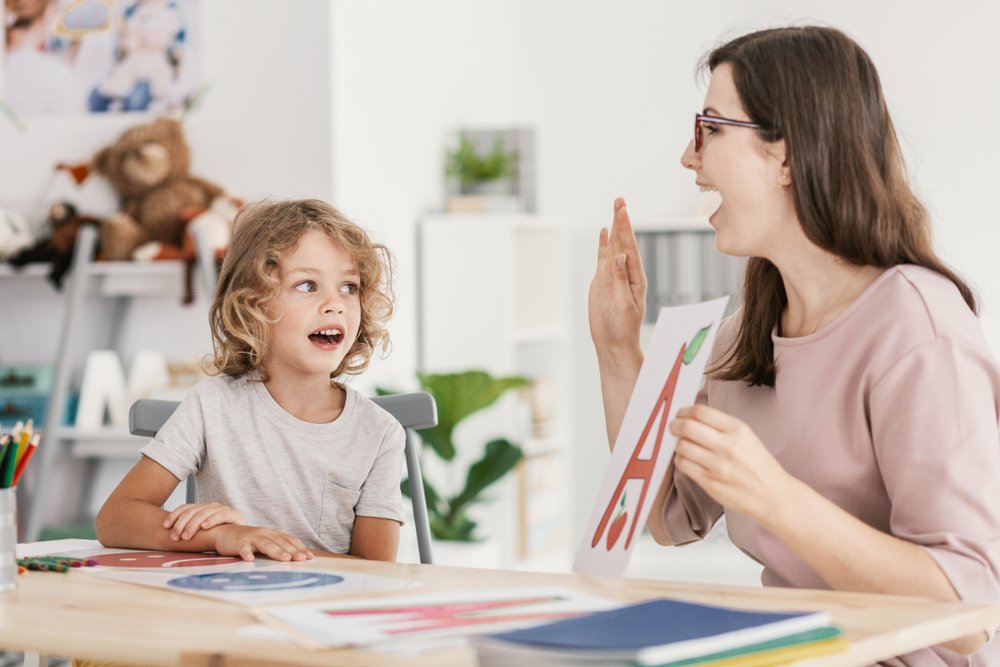
Key points:1. Phonology is the study of speech and word sounds in a child’s language development.2. It’s a cognitive skill crucial for academic…
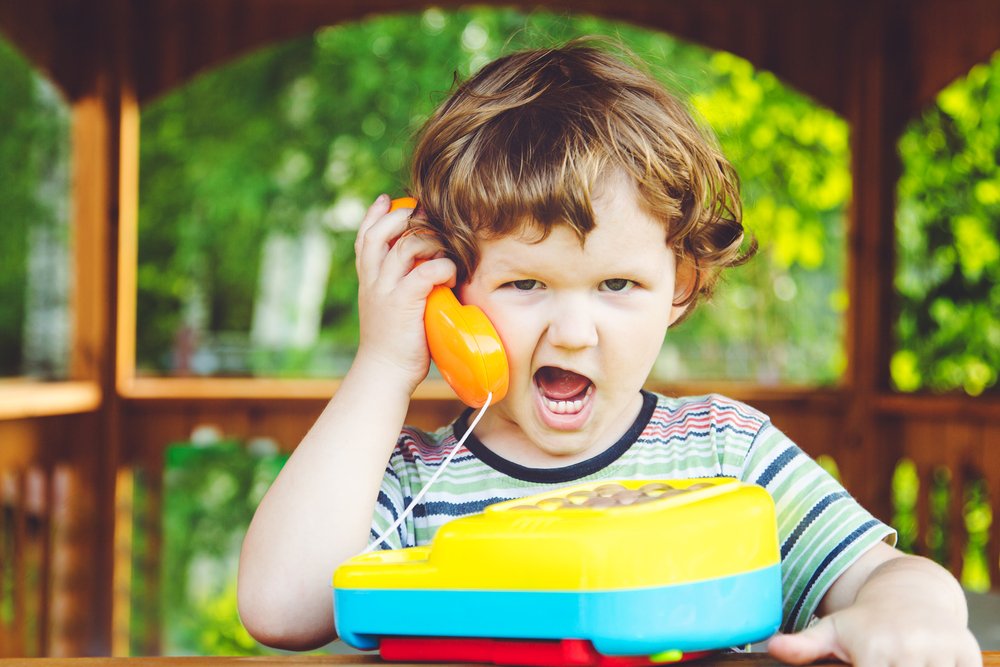
Key points: Language development in early childhood involves exposure to language and the natural emergence of grammar rules. Overregularization is the most common…
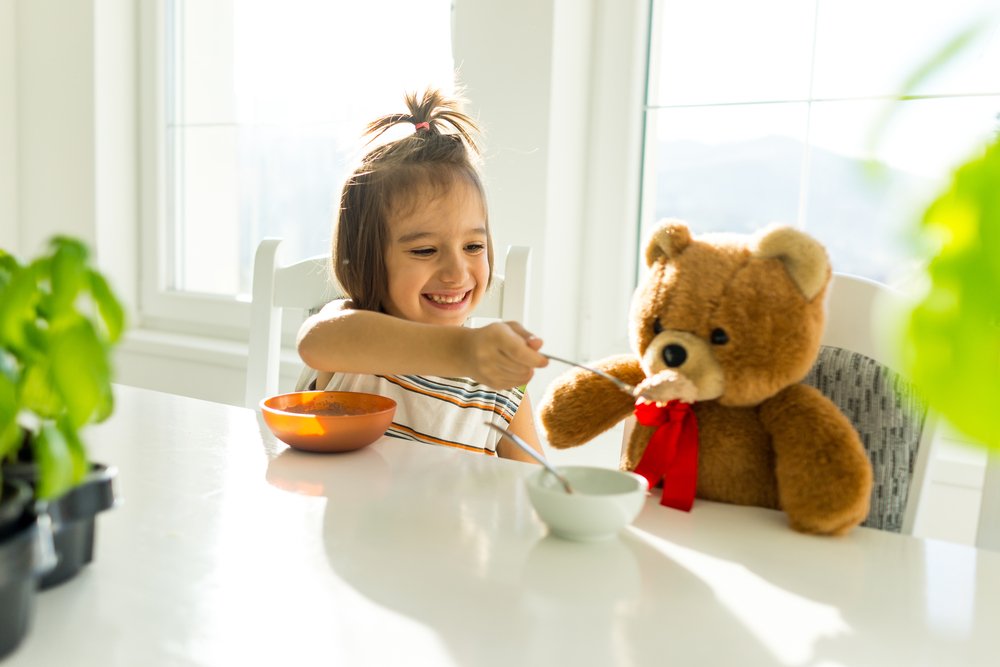
Key points: “Toy talk” is a new technique proposed by the University of Illinois to improve language skills in children. Toy talk consists…

Key points: Grammar development starts at a young age and is crucial in helping children express their ideas clearly. Exposure to language is…
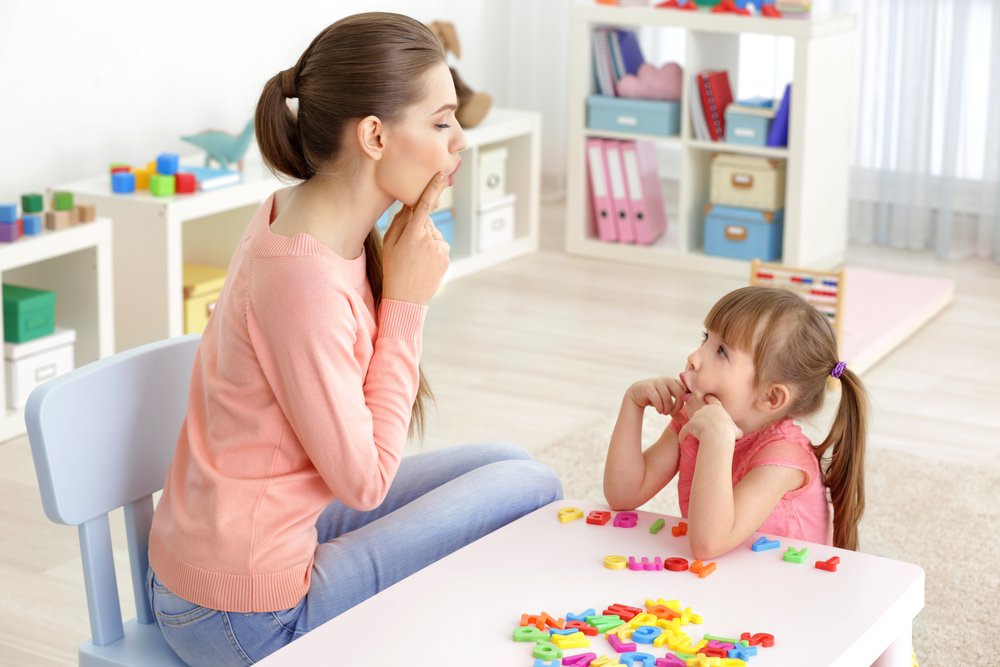
Key points: Language development begins early and involves mastering sounds. Encourage clear pronunciation through fun activities and examples. Bingo, tongue twisters, and guessing…
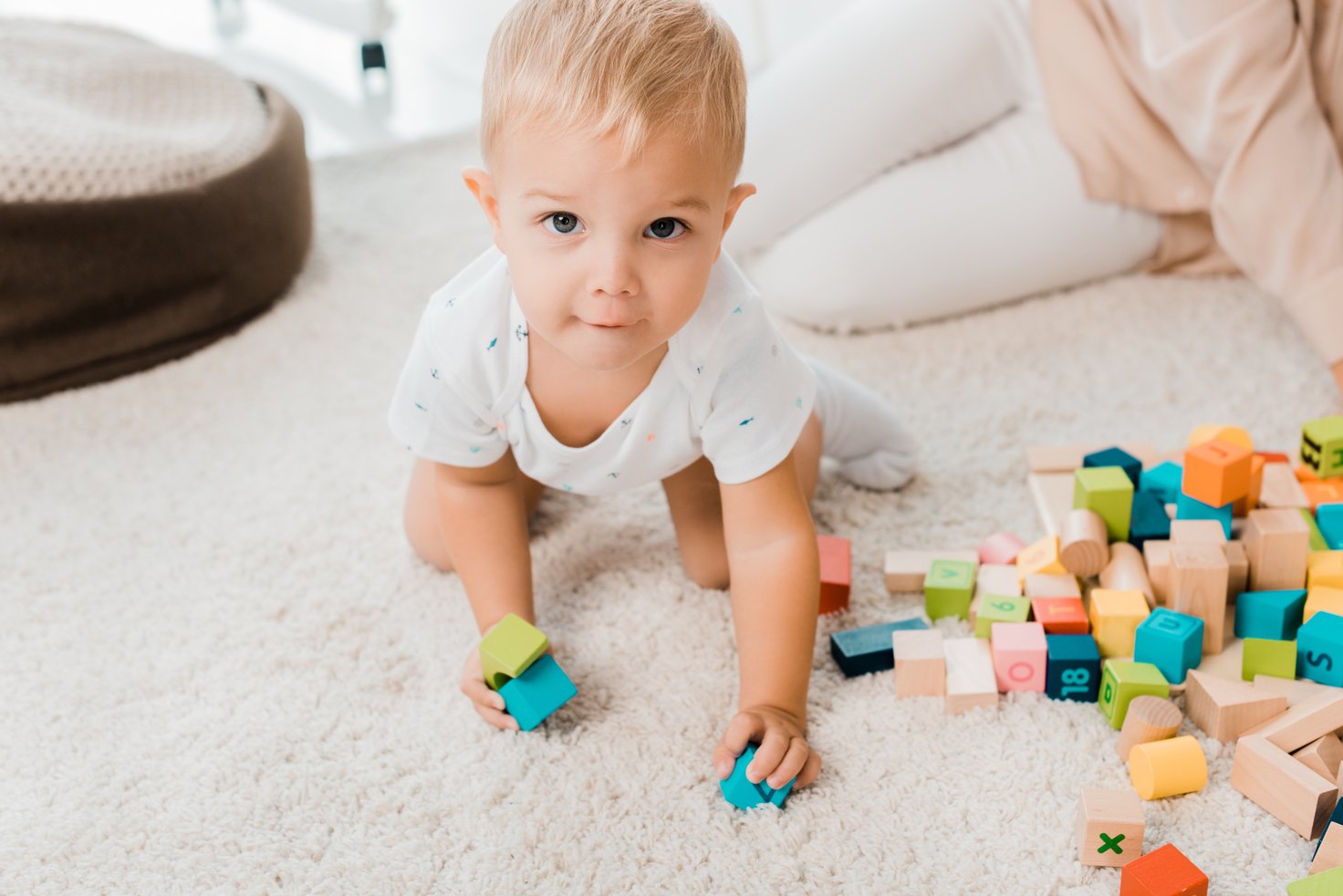
Just when you’ve gotten the hang of parenting a baby, your little one turns into a toddler and you’re faced with new challenges…
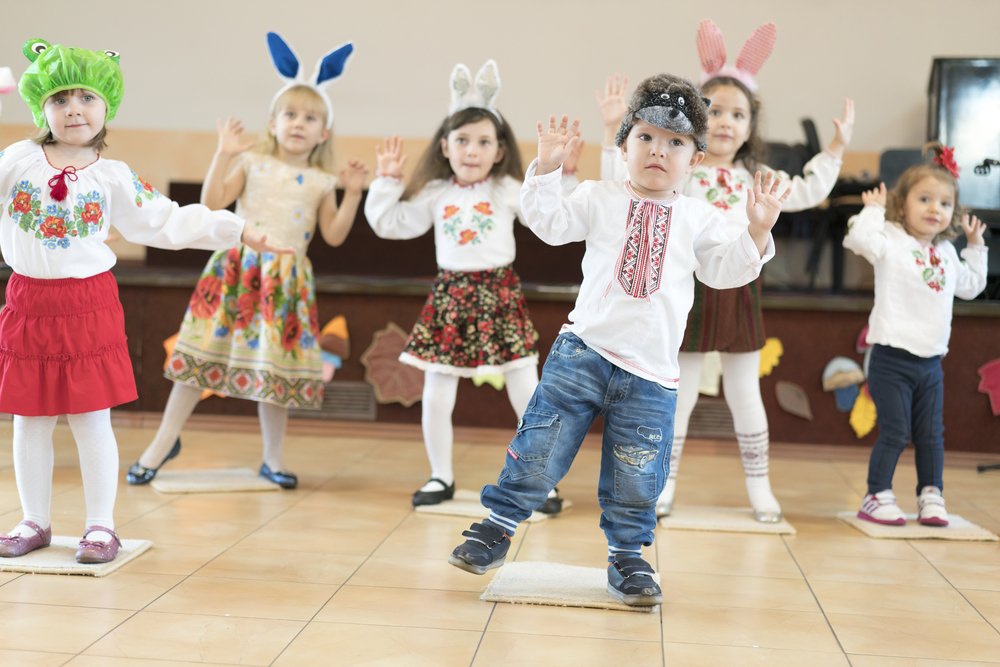
Key points: Children need cues and pauses to do the things we ask them to do. Music and obstacle courses are great ways…
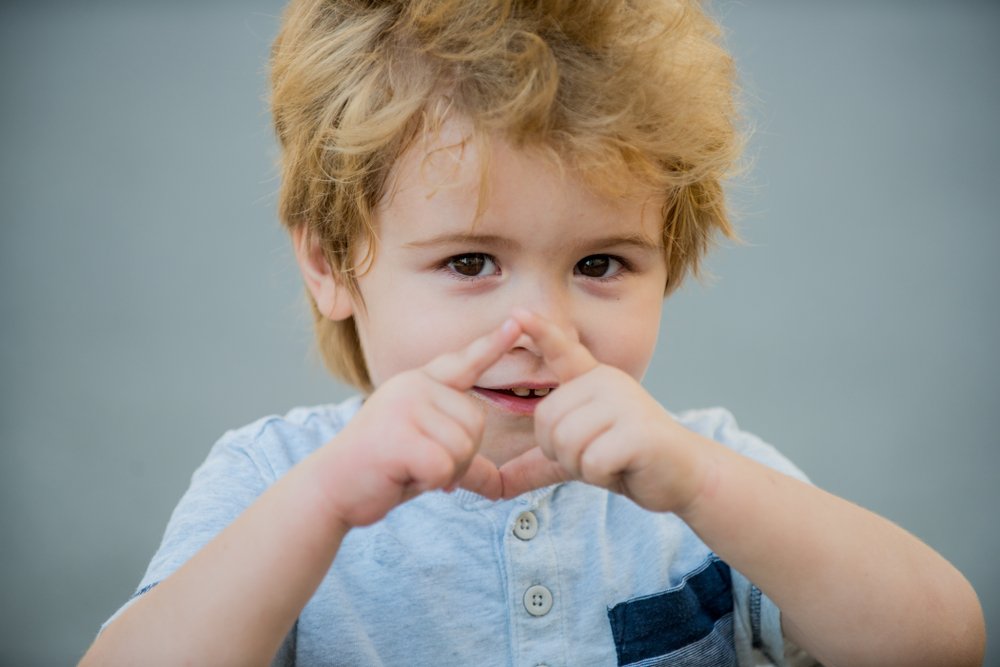
Key points: 1. Baby sign language encourages early communication. 2. It reduces frustration and supports language development. 3. Start with simple, meaningful signs…
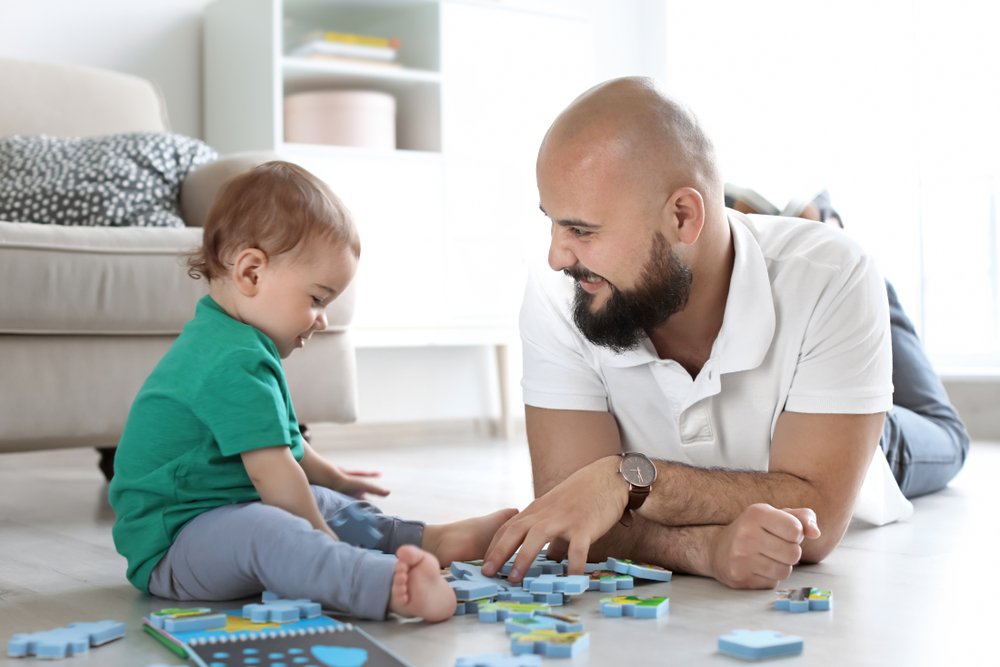
Key points:1. Children understand concepts like big and small and start grasping numbers and spatial prepositions.2. Gestures play a role in how children…
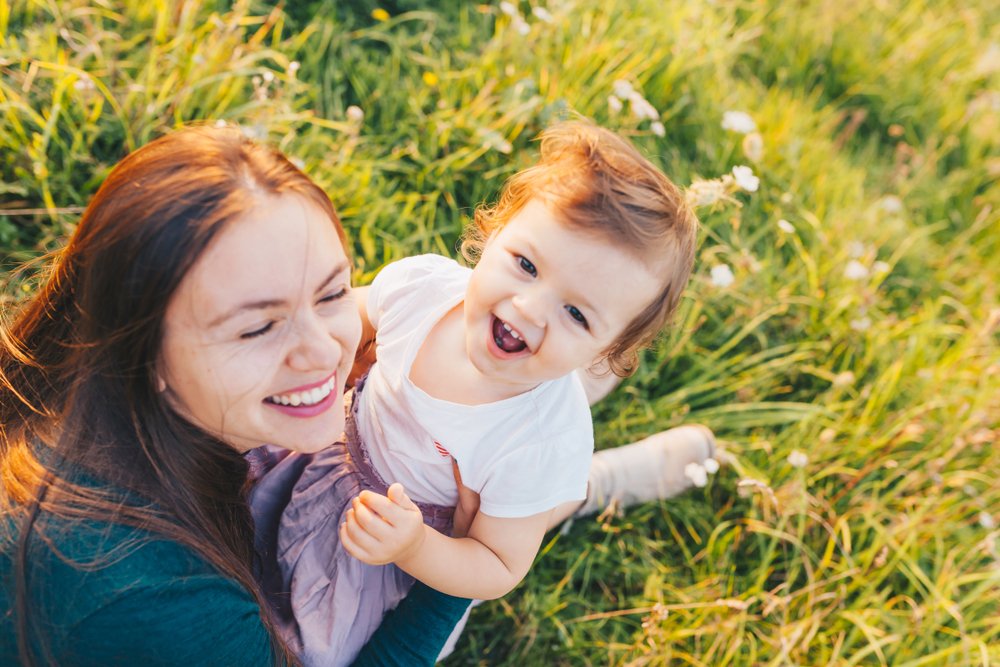
Key points:1. Babies start communicating through gestures around 5 months.2. Gestures facilitate learning by regulating children’s attention and providing conceptual information.3. Different types…

Key points:1. Children’s language development progresses in distinct stages during the first few years.2. Babies start with vowel and guttural sounds, then focus…
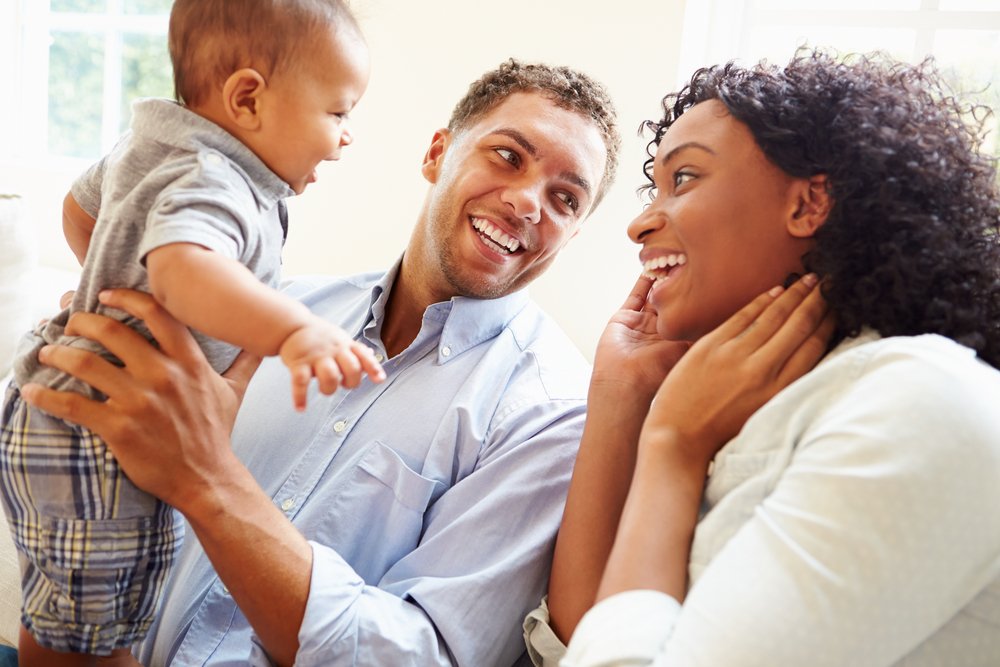
Key points: Conversational turn-taking is crucial for language development in children between 18 and 24 months. Children engaged in conversations during this period…
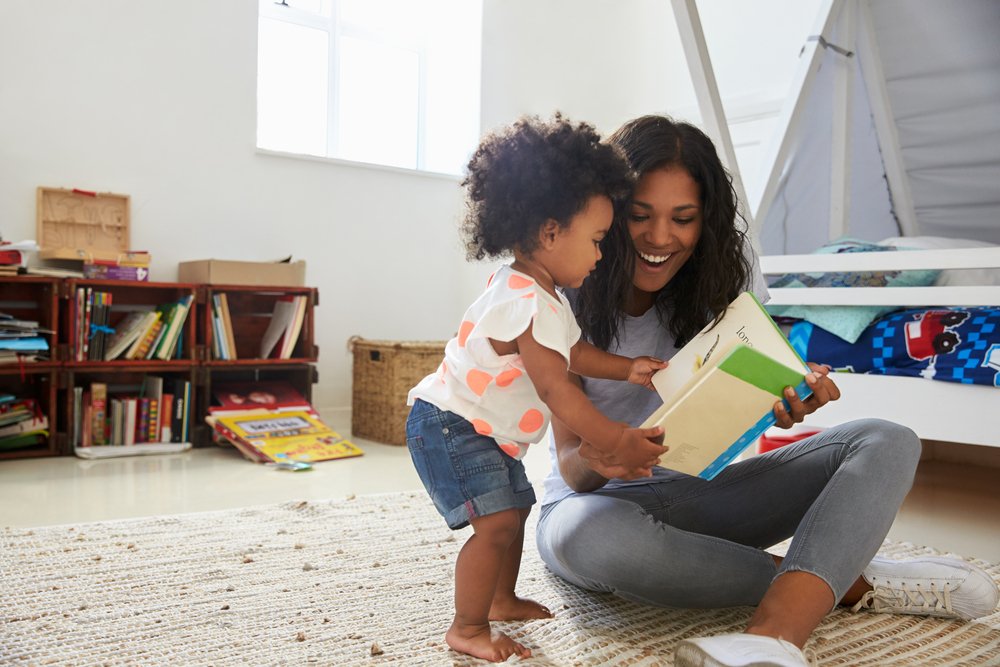
Key points: 1. Literacy involves more than just reading; it includes writing, learning, comprehension, and spelling. 2. Early literacy development starts with listening…